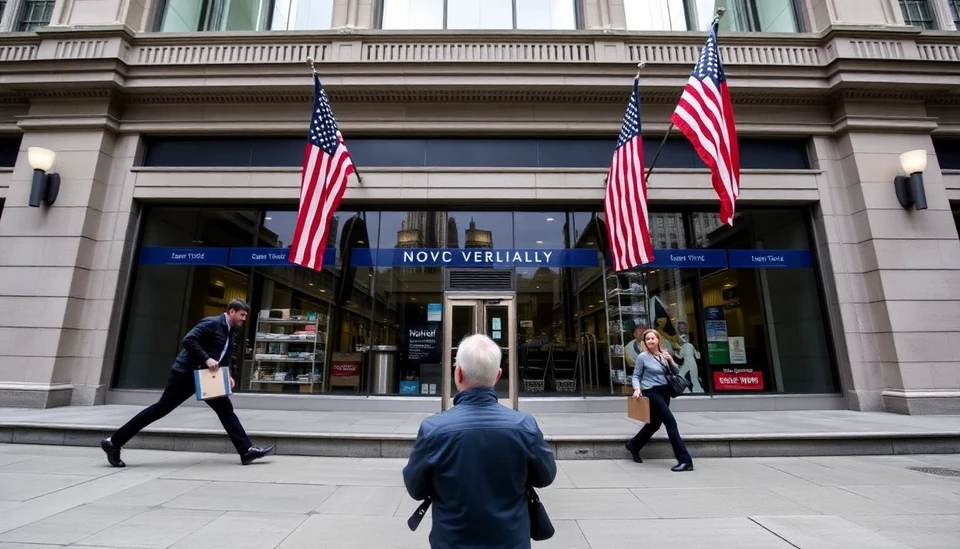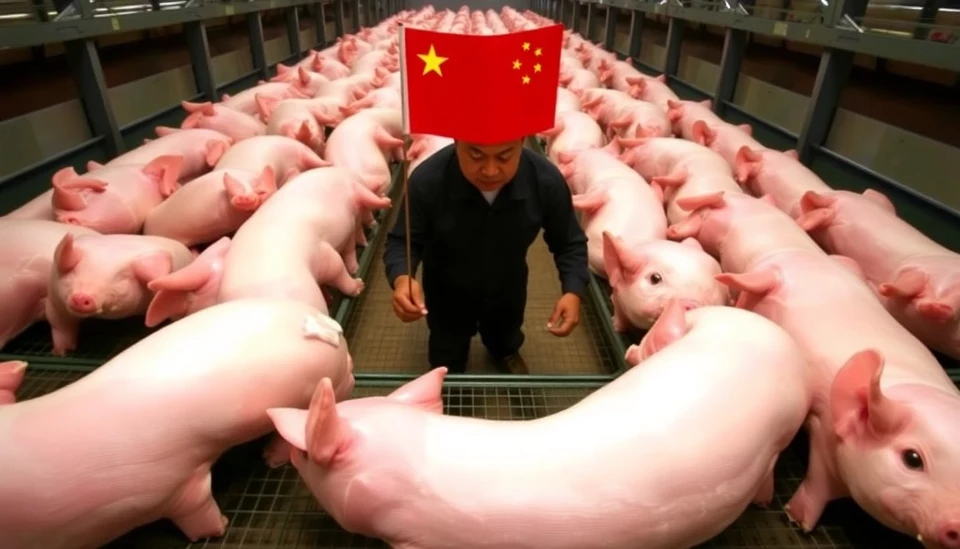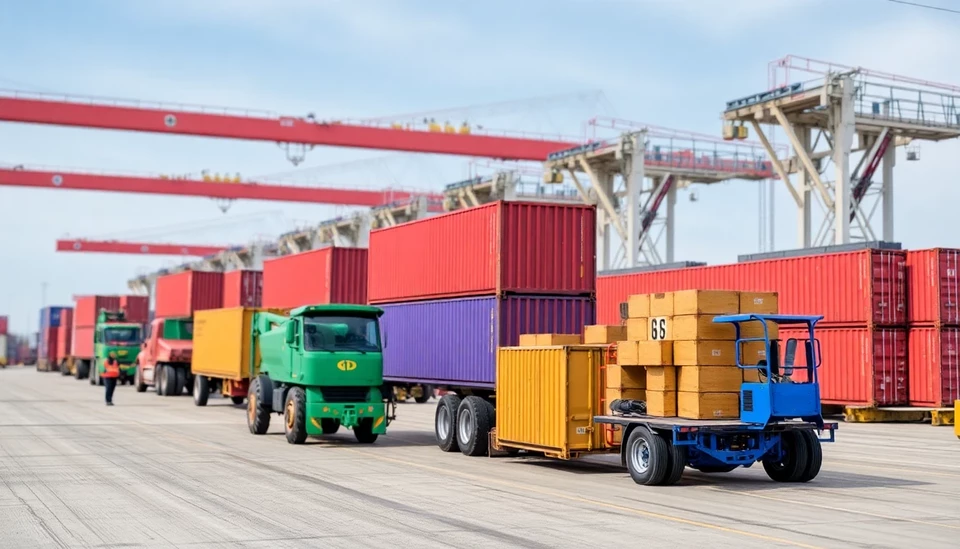
In a significant shift in economic outlook, a host of economists have drastically reduced their forecasts for economic growth in the United States while simultaneously increasing their inflation predictions. This change comes in the wake of recent tariffs imposed on several key imports, which are anticipated to have a pronounced impact on the American economy in the upcoming quarters.
Previously, many economists had projected a robust recovery for the U.S. economy, buoyed by strong consumer spending and investments. However, the newly imposed tariffs are set to disrupt trade relationships and increase costs for businesses and consumers alike, leading to a more cautious approach in economic forecasting.
The latest reports indicate that economists are now predicting GDP growth rates to descend as low as 1.5% next year, a sharp decline from earlier estimates. Factors contributing to this revision include rising material costs for manufacturers and higher prices for consumers on everyday goods, which are almost certain to restrain spending. The implications are extensive, threatening the post-pandemic recovery momentum that had seemed to gain traction.
Furthermore, inflation expectations have been revised upward, with forecasts now suggesting a rate increase to around 4.2%. Such inflationary pressures could persist, driven by ongoing supply chain challenges and increased production costs as tariffs take effect. This situation could create a perfect storm, complicating the Federal Reserve's approach to monetary policy as they balance the need to control inflation while supporting economic growth.
Analysts are keeping a close eye on consumer sentiment and spending patterns in the coming months, as these elements will be pivotal in determining the broader economic landscape. Experts warn that prolonged inflation could lead to tighter financial conditions, which, in turn, may further hamper economic expansion.
As uncertainty looms over the economic outlook, the financial markets have already begun to react to these forecasts. Investors are becoming increasingly cautious, reassessing their strategies in light of the tariff-induced volatility. The overall mood among market participants suggests a growing wariness about the sustainability of economic recovery.
In conclusion, the current economic climate in the United States is marked by heightened inflation expectations and lowered growth prospects, mainly due to newly implemented tariffs. Economic policymakers face a challenging road ahead as they navigate this complex landscape, aiming to foster growth while curbing rising prices. The situation remains fluid, with further developments expected as businesses and consumers adapt to these evolving economic conditions.
#Economy #Inflation #Tariffs #USGrowth #EconomicForecasts
Author: Rachel Greene




